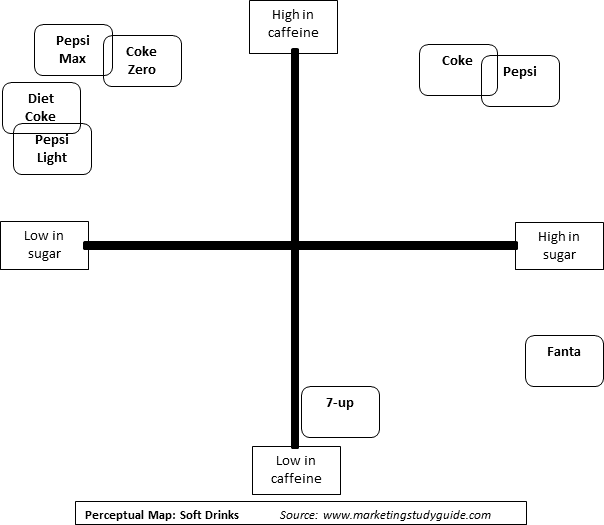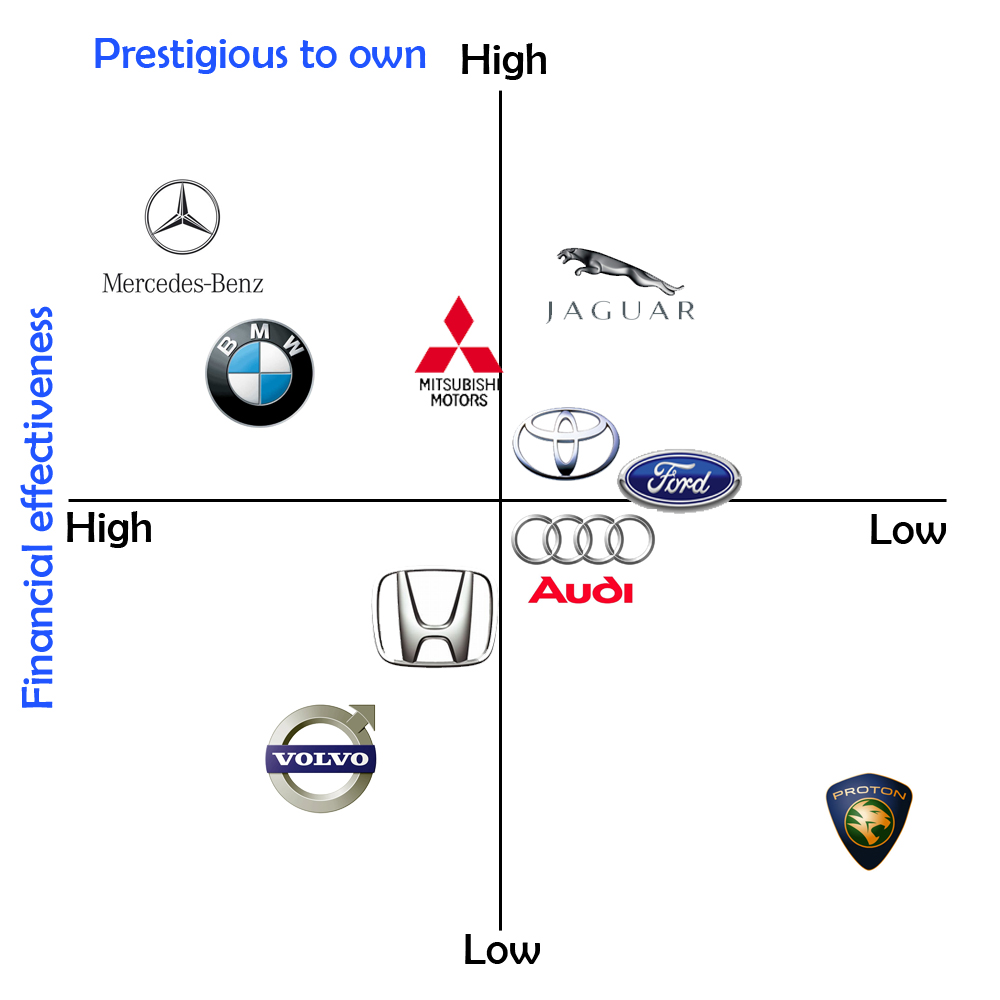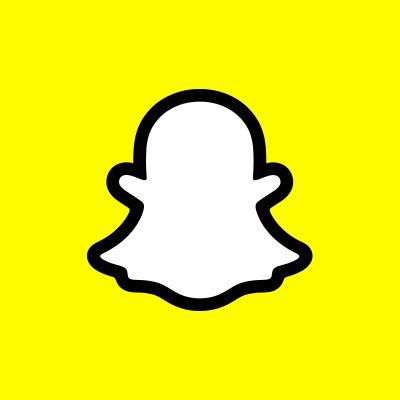| The Old Rules of Marketing and PR are ineffective |
| |
| Branding |
| a type of product manufactured by a particular company under a particular name |
| |
| What are the "old rules" of marketing? |
High cost advertising aimed at large demographic markets
|
tough to target specific buyers with individual content
|
| |
Advertising to me, not building a relationship with me
|
| |
Luring me in with one way messages, not educating me
|
| |
| |
| |
| An exercise: |
How do you go about deciding...
|
a church
|
car insurance
|
voting
|
| |
| The company site or an "independent site"? |
ex. restaurant or Yelp?
|
ex. company or Amazon?
|
| |
| Old rules of Marketing continued... |
Marketing simply meant advertising (and branding)
|
Advertising needed to appeal to the masses
|
Advertising relied on interupting people to get them to pay attention to a message
|
Advertising was one-way - company to consumer
|
Advertising was exclusively about selling products
|
Advertising was based on campaigns that had a limited life
|
Creativity was deemed the most important component of advertising
|
It was more important for the ad agency to win advertising awards than for the client to win new customers
|
Advertising and PR were separate disciplines run by different people with separate goals, strategies and measurement criteria
|
| |
| Are these assumptions true? |
| Think about what you know about newspaper, magazine, radio and TV advertising (can also think about less traditional means such as billboards, direct mail etc. |
| |
| conclusion |
The web has transformed the rules and you must transform your marketing to make the most of the web-enabled marketplace of ideas
|
| |
| |
| What are the "old rules" of PR? |
| News releases and clips (VNRs) sent to the media instead of directly to the consumer |
| |
| A two-step flow where PR people relied on the media (esp. the news media/reporters) to know that their "news" was worth publishing |
| |
| |
| |
| An exercise: |
Will you get more publicity from an appearance on TV or from a tweet from someone prominent?
|
| |
| The company site or an "independent site"? |
ex. a manufacturer or an industry blogger
|
ex. a restaurant or a tweeter
|
| |
Pasties in the Twin Cities
|
| |
| Old Rules of PR |
The only way to get ink and airtime was through the media
|
Companies communicated to journalists via press releases
|
Nobody saw the actual press release except a handful of reporters and editors
|
Companies haad to have significant news before they were allowed to write a press release
|
Jargon was okay because the journalists all understood it
|
You weren't supposed to send a release unless it included quotes from third parties, such as customers, analysts or experts
|
The only way buyers would learn about the press release's content was if the media wrote a story about it
|
The only way to measure effectiveness of press releases was through clip books, which noted each time the media deigned to pick up a company's release
|
PR and marketing were separate disciplines run by different people with separate goals, strategies and measurement criteria
|
| |
| Are these assumptions true? |
| Think about what you know about press releases and learning about the "news" that organizations wanted to get out to the public |
| |
| conclusion |
Reporters, editors (content creators) use the web to seek out interesting stories. Will they find you?
|
Web content allows PR to directly reach the public rather than indirectly reaching them through the media
|
| |
| The bottom line? |
| Share - Spread - Grow |
| |
| A few of Dr. Sochay's thoughts: |
| Local/Regional/National advertising/PR are not the same with "old" marketing, is this true with online? |
| |
| What about your audience? Does this have an impact on "old" vs, "new" |
ex. selling Medicaid supplemental insurance vs. virtual reality systems
|
| |
| Searching vs. browsing |
Google (specific) vs. a card catalog (fuzzy)
|
| |
| Impacts on inventory and distribution |
ex. brick and mortar v. Amazon
|
| |
| Cost - is social media really cheaper? |
| |
| The long tail of marketing |
If the "body" is high volume mainstream products (one size fits all), the "tail" is niche products that reach underserved markets
|
Is social media marketing suited for both the body and the tail? or just the tail
|
| |
| Learn about consumer behavior |
understanding HOW consumers make decisions pre-buy to post-buy
|
| |
| |
| No matter old or new, understanding marketing basics is essential |
| |
| the 4 p's |
price
|
product
|
place
|
promotion
|
| |
| push vs. pull |
Push
|
taking the product to the consumer
|
ex. tradeshows, showrooms (the State Fair!), POS displays
|
| |
Pull
|
getting the customer to come to you
|
ex. sales, word of mouth, ads
|
| |
| Awareness - Interest - Desire - Action |
| |
| Share of Voice/ Top of Mind |
| |
| The marketing concept - the key to achieving organizational goals consists in determining the needs and wants of target markets and delivering satisfactions more effectively than competitors |
| |
needs a market focus, customer orientation, coordinated marketing, profitability
|
| |
| The Societal marketing concept |
add "and in a way that preserves and/or enhances the consumer's and the society's well-being"
|
| |
| |
| SWOT analysis - Strengths, Weaknesses, Opportunities, Threats |
| |
| Strengths and Weaknesses (where are we now?) |
| consider your organization and your competition in light of the 4 p's |
| |
| Opportunities and Threats (where do we want to be and what can keep us from getting there?) |
| |
| Product positioning maps |
a 2D grid mapping competitors, brands, products etc. on key attributes
|
ex. price, quality
|
choosing the proper variables is key
|
the map can be what is or what consumers believe (perceptual mapping)
|
| |
gives insight into where you fit, where you might want to be, and where there are unmet needs
|
| |
 |
| |
 |
| |
 |
| |
| |
| Short term vs. long term planning |
| |
| Larger issues such as demographics, economics, regulation, social norms etc. |
| |
| |
| |
| |
| |
| Snapchat |

|
| |
| Background |
Founded in 2011 |
| The Idea: a social media platform where posted content would disappear after a brief period of time |
| The Need: users don't have to furiously delete potentially embarassing content (more casual, more private) |
| Content: focuses on the "now, content can be more "authentic" or "real" |
| |
| 2013 - added video and chat features, added "Stories" function (stories could stay visible for 24 hours) |
| 2013 - hacked for the first time, resulting upgrades to software/hardware have kept Snapchat relatively free from major hacks ever since |
| 2014 - added filters |
| 2014 - acknowledged to federal regulators that they can't guarantee that posts will be deleted within a specific time frame |
| 2015 - advertising added |
| |
| The "Numbers" |
| 360 million active daily users |
| 3 billion snaps are generated every day |
| 10 billion users every day |
| reaches 11% of the US digital population |
| reaches 75% of US 13-24 year olds and 78% of US 18-24 year olds |
| (claims this is more than Instragram or Twitter) |
| 76% of users are active online shoppers (and Millennials/Gen Z have over a trillion dollars in spending power) |
| Average user spends 30 minutes a day on Snapchat |
|
|
| Strengths |
| Content is only available for a short time |
| Can tell stories in the "now" |
| Reaches lots of Millennials/Gen Z |
| Has a history of growth |
| |
| Weaknesses |
| Content is only available for a short time |
| Some users are migrating to other platforms (ex. Instagram introducing Instagram Stories) |
| Don't really reach anyone outside of Millennials/Gen Z |
| Growth is flattening and in some demographics declining (is this already old?!) |
| |
| How organizations might use Snapchat |
| Building relationships in a fun, informal way (no pressure, no invasive Marketing tactics) |
| Can take users behind the scenes of your organization in more informal ways |
| Focus on what's happening now (or is about to happen) (Millennials/Gen Z are more spontaneous) |
| Don't need high quality photographs or video (a potential cost savings) |
| Can express the personality of a brand |
| Not intended as a stand alone platform, must be integrated with other social media and marketing platforms |
| Can connect with social media influencers and have them pass along your content |
| Ads can be a distraction |
| |
| Examples: |
| Here's how Snapchat shows how it can be used by organizations |
| |
| |
| |
| |
| |
| |
| |
| |
| |
| |
| |
| |
| |
| |
| |
| |
| |
| |
|
|
|
|
|
|
| |
| |
|
|
| |
|
|
| |
|
|
| |
| |
|
|
| |
|
| |
|
|
|
|
| |
|
|
|
|
|
|
| |
|
|
| |
|
|
| |
|
|
|
|
| |
|
|
| |
|
|
| |
|
|
|
|
| |
|
|
|
|
| |
|
|
|
|
| |
|
|
|
|
| |
|
|
|
|
|
|
| |
|
|
| |
|
|
|
|
| |
|
|
| |
|
|
| |
|
|
|
|
| |
| |
| |
| |
| |
|
|
| |
| |
| |
| |
| |
| |
| |
|
|
|



